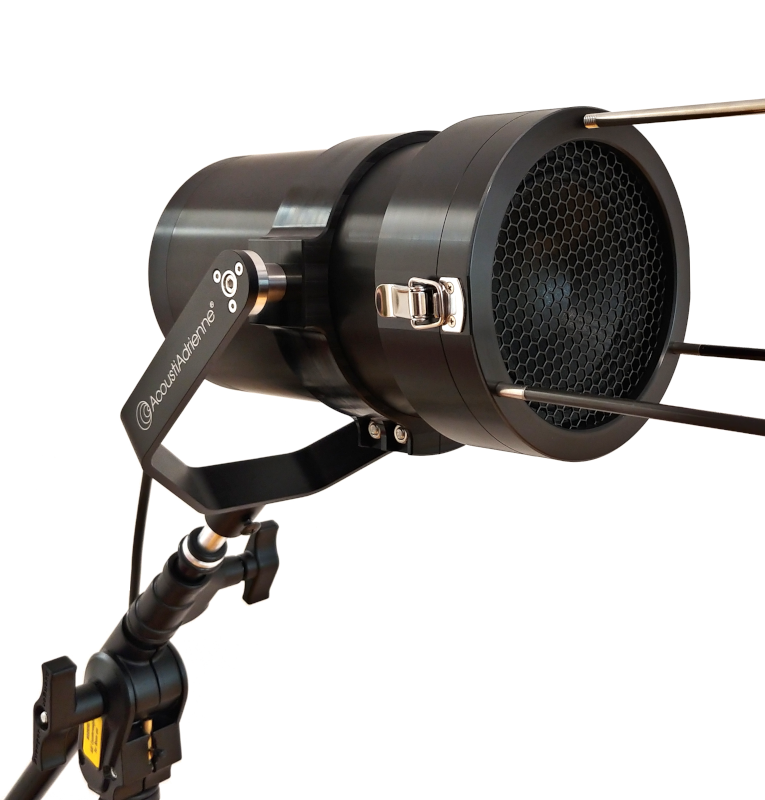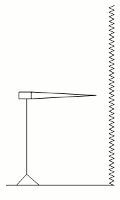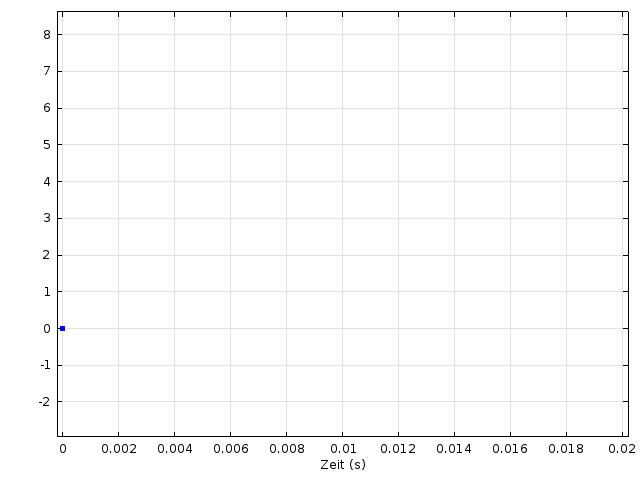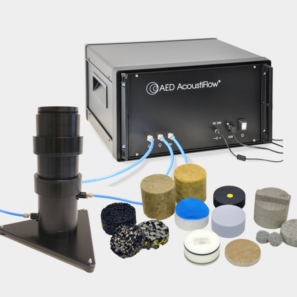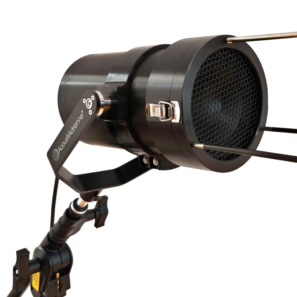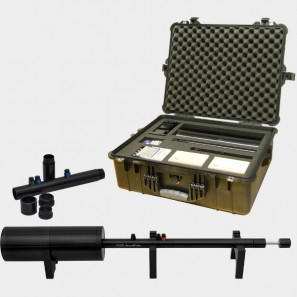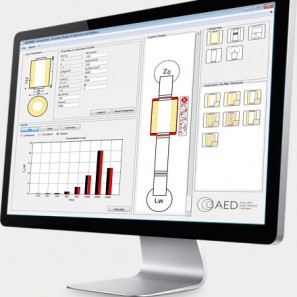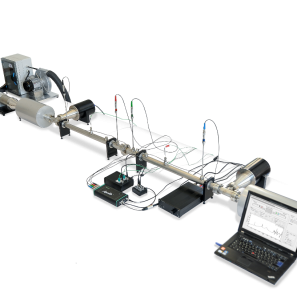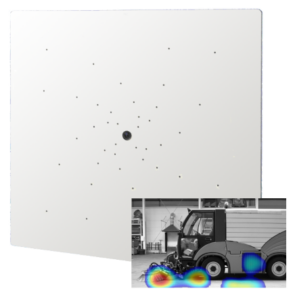Fields of Application of sound absorption meter
The sound absorption meter AcoustiAdrienne supported by the analysis software AcoustiStudio (Module Sound Absorption In situ) serves the nondestructive measurement of
- sound absorption (sound reflection index and sound absorption coefficient) of a noise barrier / a sound screen in situ on the basis of the Adrienne method described in DIN EN 1793-5 and DIN EN 16272-5.
An extension of the sound absorption meter additionally allows the measurement of
- the transmission loss (sound insulation index) of a noise barrier / a sound screen in situ according to DIN EN 1793-6 and DIN EN 16272-6 (Module Sound Insulation In situ) as well as
- the sound diffraction (sound diffraction index, Miller index) at a noise barrier with crown elements according to DIN EN 1793-4 and DIN EN 16272-4 (Module Sound Diffraction In situ)
on-site. By means of an adapter, also
- the sound absorption coefficient of a road surface in situ according to DIN ISO 13472-1 as well as
- the sound absorption (sound reflection index and sound absorption coefficient) of a noise barrier / a sound screen according to DIN CEN/TS 1793-5 and DIN CEN/TS 16272-5 (Module Sound Absorption In situ)
can be determined in situ. Furthermore, the method is suitable to nondestructively measure
- the sound absorption coefficient of a sound absorber being installed in a room in order to reduce its reverberation time (e.g. wall absorber, ceiling absorber)
as well.
In contrast to the operation of the impedance tube AcoustiTube®, the sound absorption coefficient cannot only be determined for perpendicular sound incidence, but also for statistical sound incidence.
By applying a specific model to consider the effect of sound diffraction at edges, these results can be compared to measurement results gained in the reverberation chamber according to DIN EN ISO 354.
Principle of sound absorption meter
In order to determine the acoustic properties of sound absorbers in situ, in each case two measurements have to be carried out, one measurement with specimen and on measurement without specimen (free field).
Exemplarily, from the first measurement of a sound absorption test with specimen an impulse response is calculated that contains a direct component, a reflected component of the specimen as well as further reflected components caused by surrounding obstacles. Latter ones can be excluded by application of a time window (Adrienne window). From the second measurement without specimen (free field) an impulse response is calculated that solely contains a direct component. Finally, the sound absorption coefficient and the sound reflection index of the specimen to be characterized can be determined by subtracting both calculated impulse responses from each other.
Principle of measurement of sound absorption coefficient of wall absorber by means of sound absorption meter AcoustiAdrienne in situ
